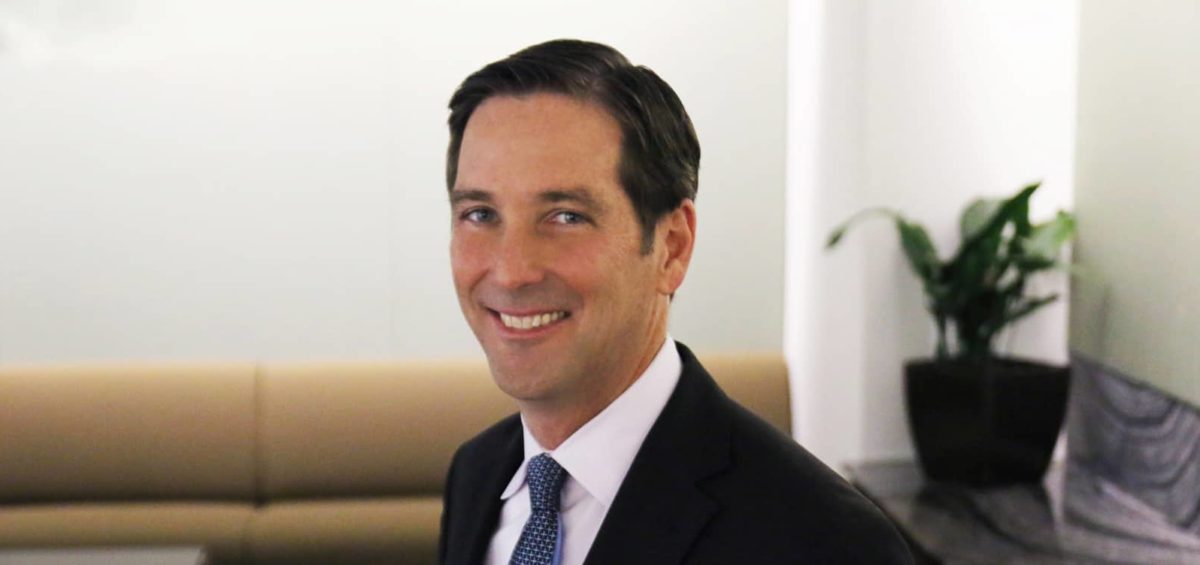Sean Gallagher, Vice President, State Affairs of the Solar Energy Industries Association, sat down with pv magazine writer Mark Burger at SEIA’s Solar Midwest conference in Chicago on Thursday, October 19, and made the following comments on the opportunities and challenges for the Midwest U.S. solar market. Comments were edited for clarity.
pv magazine: What is the future of solar in the Midwest U.S.
Sean Gallagher: Our (member) companies are looking at the Midwest as emerging markets. And those markets have accelerated in states like Illinois, Minnesota and Ohio. Minnesota has a head start because of legislation enacted a few years ago. The state that people are really excited about is Illinois, because it could result in up to 3 GW of solar installations in the next 10 to 15 years. From a solar resource perspective, the Midwest looks a lot like the Northeast. As popularity increases and costs decrease, it can be a sustaining market for the U.S., if not as fast a growth market like California.
pv magazine: What is the impact of federal policy actions on Midwest?
Gallagher: The trade case will be felt nationwide and could impact marginal markets in the Midwest. The rule making proposal proposal by FERC is an unknown factor, but the rationale presented by Secretary Perry isn’t borne out by evidence in reliability.
pv magazine: What will be the impact of Midwest regulatory agencies and utilities on the utility scale and distributed solar markets?
Gallagher: There’s still variation (in approach) by regulators and utilities in the Midwest towards solar. Solar and renewable energy are not partisan issues. It is an economic one, a job creating one. Utilities in Indiana and elsewhere in the Midwest have embraced utility-scale solar. It can be deployed quickly and be cost competitive. In the long term market, for the Midwest, utilities will be seeking to replace aging power plants.
When it comes to distributive generation, utilities in the Midwest are not there yet. An example is Indiana Senate Bill 309, which restricted net metering, or fixed charge increases in Iowa and elsewhere. Utilities are concerned about the impact of distributed generation on their business model. They’re taking steps to slow down the move toward distributive solar. On the regulator side, there is a lot of interest out there, but it is tempered by utility concerns over distributed solar. People like solar and want solar. They approve of it in polls by 80-90% regardless of political affiliation. So we have to figure out how to give people what they really want.
pv magazine: What do you see is the impact of storage on the Midwest solar market?
Gallagher: Solar and storage will facilitate each other’s deployment. Solar has good alignment with peak demand in the Midwest. Storage will make it even better, especially behind the meter. It aligns with customer needs.
This content is protected by copyright and may not be reused. If you want to cooperate with us and would like to reuse some of our content, please contact: editors@pv-magazine.com.








By submitting this form you agree to pv magazine using your data for the purposes of publishing your comment.
Your personal data will only be disclosed or otherwise transmitted to third parties for the purposes of spam filtering or if this is necessary for technical maintenance of the website. Any other transfer to third parties will not take place unless this is justified on the basis of applicable data protection regulations or if pv magazine is legally obliged to do so.
You may revoke this consent at any time with effect for the future, in which case your personal data will be deleted immediately. Otherwise, your data will be deleted if pv magazine has processed your request or the purpose of data storage is fulfilled.
Further information on data privacy can be found in our Data Protection Policy.